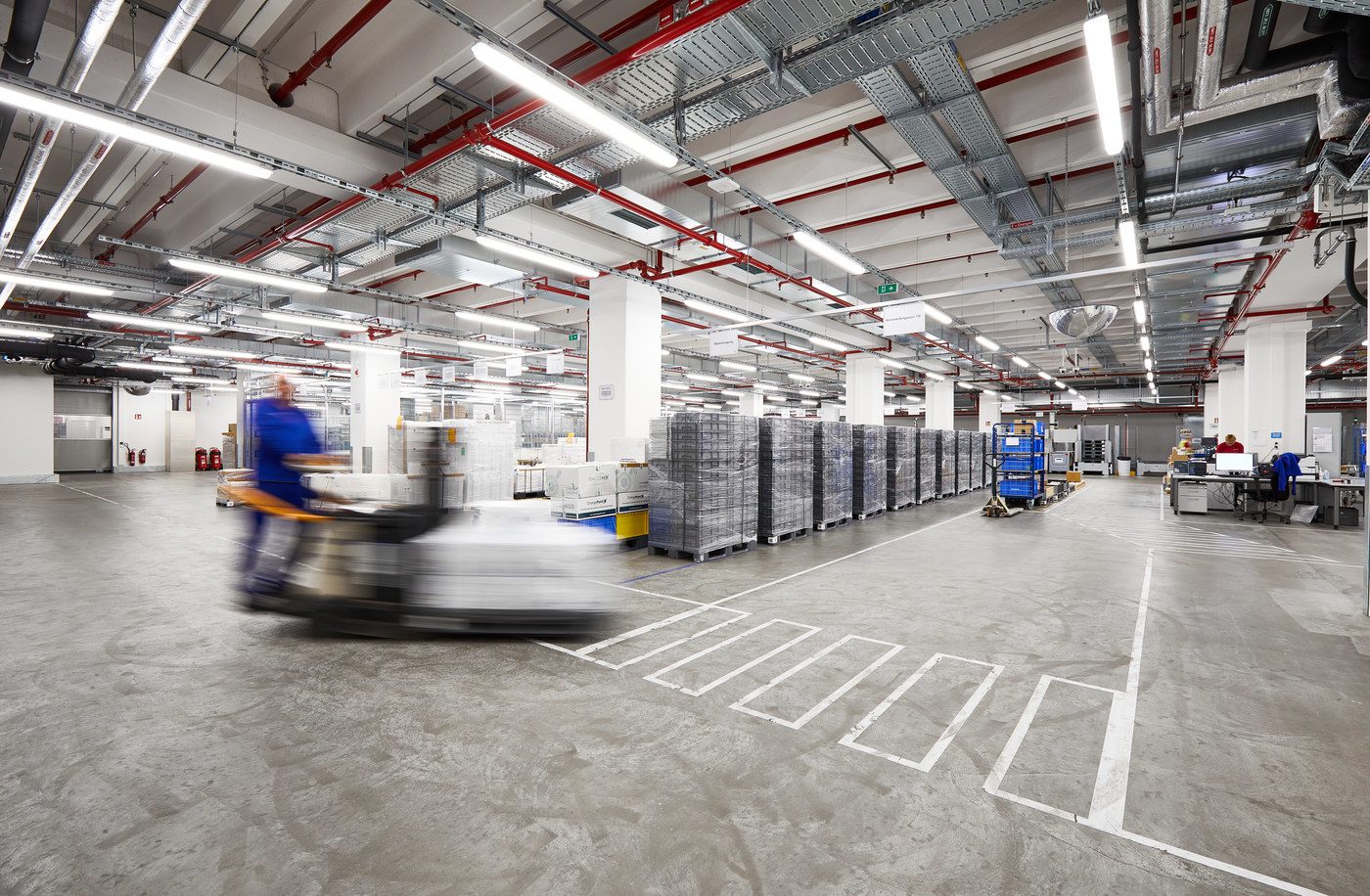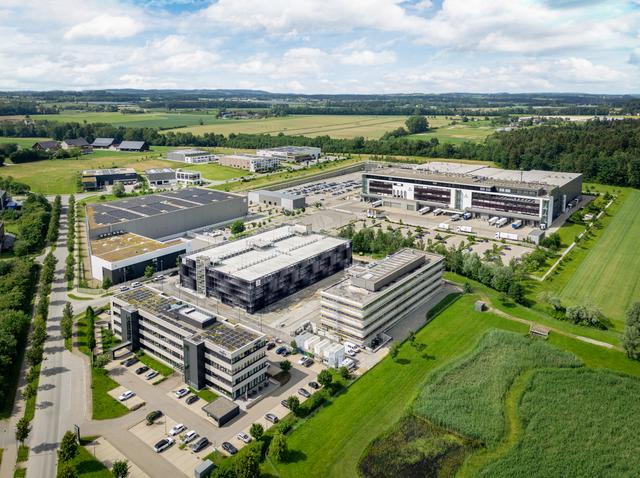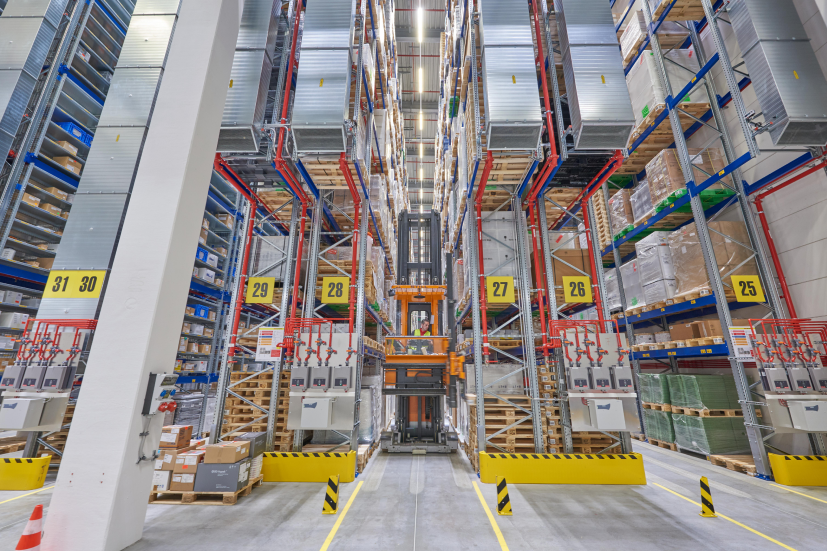

Just a few years after COVID-19, aseptic manufacturers are already navigating a dynamic new set of technological, regulatory, and geopolitical shifts in their global supply networks. Michael Schmitz, Vice President of Logistics, shared his expert insights about these converging challenges, the trends shaping today’s sterile injectable supply chains, and how strategic aseptic manufacturers are adapting their systems and infrastructure.
How have CDMOs and drug sponsors changed their inventory strategies since COVID-19?
Michael: Perhaps one of the biggest and most durable changes has been the shift from “just enough” resourcing to a more resilience-focused “just in case” mindset.
Before the pandemic, of course, lean inventory was frequently the industry default. But after several different supply chain shocks, CDMOs and drug sponsors have both rethought the value of tight resource planning, minimal warehousing, and lowest-bidder suppliers.
Many of those stakeholders have already switched from “zero inventory” approaches to inventory strategies focused on redundancy and readiness. Many drug owners now require substantial “security stock” for critical materials and finished products, with contracts often requiring CDMOs to significantly increase their on-hand inventory.
In many key markets, these demands are also being reinforced by geopolitical issues — especially the reshoring mandates being considered by authorities in the US, EU, and Asia. In response, many CDMOs are not only proactively increasing their buffer inventory but also exploring how they can secure those resources closer to home.
Together, it’s a clear shift for sterile injectable supply networks: Efficiency and speed are still important, but shortening supply chains and increasing security of supply are now even greater priorities.
How are compliance expectations evolving for parenteral product supply networks?
Michael: Regulators are substantially expanding their oversight of the sterile injectable supply chain. In many cases, authorities have already established much higher standards for supply chain integrity and are raising the bar for logistics processes to near-cleanroom-level standards.
In the US, for example, the Drug Supply Chain Security Act (DSCSA) now mandates unit-level traceability, a requirement that demands both specialized digital infrastructure and deep coordination across supply and logistics operations. Recent changes to the FDA’s pre-approval inspection (PAI) protocol have also set new expectations for manufacturers, including audit processes that hold warehousing and inventory systems to standards similar to sterile production spaces.
The latest revisions to the EU’s Annex 1 have similarly increased compliance thresholds for environmental controls, even in areas typically seen as secondary to fill-finish activities. Under these revisions, complex requirements that once applied only to clean rooms are now being extended to many non-sterile environments as well.
What shifts in the injectable product market are having the biggest impact on supply chains?

In the last few years, the parenteral product landscape has seen many significant changes in demand. One of the most important is the emergence of a “two-track” market that’s simultaneously dominated by high-volume blockbusters and small-volume niche therapies.
Michael Schmitz, Vice President Logistics
This market has created some complex resourcing challenges for manufacturers. On one hand, the new blockbuster biologics are driving a surge in demand for large-scale production capabilities, especially for products packaged in technically demanding self-injection formats. At the same time, we’re also seeing a steady increase in demand for specialized small-batch therapies. Agility and customization are typically the priority for these products.
Supporting both tracks requires a highly versatile logistics system, one that can simultaneously support both high-speed, resource-intensive filling lines and small-volume runs with frequent cleanroom changeovers. It’s a technically demanding challenge that further reinforces the importance of specialized CDMO capabilities, especially as sponsors increasingly seek partners who can offer both deep expertise and maximum flexibility.
Are there specific trends in product requirements that supply chain stakeholders are preparing for?
Michael: Yes, more and more new therapies are based on complex, delicate molecules that require cold or frozen storage. For many CDMOs, that trend is driving some significant new investments in cold chain infrastructure.
For strategic manufacturers, that doesn’t just mean expanding their refrigerated footprint: It means adding a range of more advanced capabilities to their cold chains. For example, many aseptic manufacturers are deploying real-time temperature monitoring systems that provide both operational visibility and audit-ready tracking data, as well as redundant power grids to increase product protection.
These investments will likely become increasingly important as more and more sensitive biologics enter the global pipeline. CDMOs with the refrigerated infrastructure to support these high-value therapies will be well-positioned in the market.
How are these trends affecting industry digitization strategies?
Michael: Many supply chain stakeholders are actively expanding their investments in digital transformation, especially as cost pressures increase due to capital market constriction, patent cliffs, and changes in trade policy.
Logistics infrastructure is often the focus of this ramp-up. Automated warehouses, digital inventory systems, and electronic logbooks are quickly becoming the new standard for aseptic manufacturers, helping them streamline key operational processes, deliver core services more efficiently, and expedite many compliance checkpoints.
Implemented with the right planning and strategy, these systems can do more than simply reduce overhead: they also help CDMOs align with new documentation and data integrity expectations, while also freeing up skilled personnel for higher-value tasks. But most immediately, they’re helping many CDMOs proactively prepare for new standards of cost-efficiency across the value chain.




Looking ahead: Creating a smarter, more resilient supply chain
As all these challenges evolve, drug sponsors will undoubtedly look to their CDMOs to operate both as service providers and consultative partners, offering not only execution but insight. At Vetter, that’s why we’re investing not just in capacity, but also capability — including smarter infrastructure, deep regulatory readiness, and digital enablement. To learn more about how we’re working to lay the groundwork for more sustainable, secure supply chains, explore our Logistic Services.

